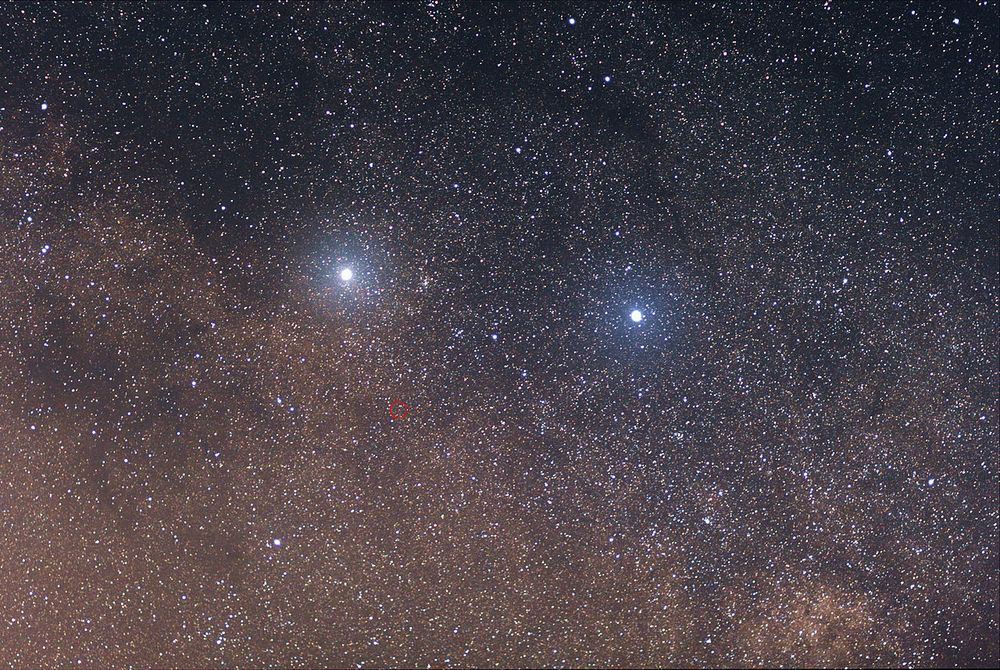IN SEARCH OF E. T. | To the stars with Breakthrough Starshot
A top-level team of engineers, physicists and a billionaire have gotten together to build a deep space probe that will verify the presence of life in Alpha Centauri.

In what could be the most challenging technology project of the new millennium, a Russian billionaire, a former NASA director, and a top-level team of engineers and physicists have gotten together to build a deep space probe that will verify the presence of life in Alpha Centauri, the nearest star system about 2.5 trillion miles away from Earth.
The US-led undertaking named Breakthrough Starshot will tap the miniaturization of various new technologies to develop a chip-sized, featherweight spacecraft that will carry solar cells, sensors, radios, microcontrollers and antennas onboard.
And the shrinking into the smallest man-made space vehicle isn’t going to be as easy as that Rick Moranis movie would have you believe. In fact, it’s turning into a series of monumental challenges as daunting as the total dismantling the world’s nuclear arms stockpile.
Established in 2016, Breakthrough Starshot made the transition from pipe dream to a work in progress through the accumulated achievements in micro-electronics for computers and cellular technology as well as parallel high-tech leaps and on-going R&D in the design, propulsion and communication with space vehicles. It’s the only way to go in the face of a voyage across an immense distance – the equivalent of 6,800 trips to Pluto – to get a first-hand answer to the timeless quest: “Is man alone in the universe?”
To conquer the vast expanse, the tiny spacecraft will be propelled by laser light directed at its reflective sail. An array of lasers will be built to act as a single laser driving the probe to speeds close to a fifth of the speed of light or 134 million miles as hour. At that rate, it will arrive at its destination some twenty years after its launch from Earth and another four years will pass before images from Alpha Centauri’s alien environs start streaming back to Earth.
The light sail itself presents another problem altogether. It must be made of material that won’t break up into a puff once hit by laser beam or by galactic dusts floating around in outer space. The issue has yet to be settled and possible solutions are being eyed in cutting-edge advances in materials science and photonic design.
A similar issue has been raised regarding the mode of communication between Earth and the nanocraft. In theory, the same laser array that sent the craft on its way can work in reverse to pull it back home. Practically though, it’s more likely that the kick starter laser energy would have decreased during the protracted journey and the space mission may not have sufficient power for a 2.5 trillion mile return trip.
Innovations in the key areas help reduce the cost of the space venture. Even so, the projected bill to get Breakthrough Starshot up and going where no man has gone before is at least $10 billion. One of Russia’s richest technocrats, Yuri Milner, has put up the initial $100 million. In July last year, miniature satellites called “sprites” that weigh 4 grams and 3.5 cm x 3.5 cm in size were successfully launched into orbit and now communicating regularly with Earth. Decades from now, Breakthrough Starshot hopes to fling hundreds of tiny laser-fired space crafts into Alpha Centauri.
For now, the interstellar project may look like a shot in the dark but once it overcomes its gargantuan hurdles, it will be sweet vindication that space is mankind’s rightful place.



